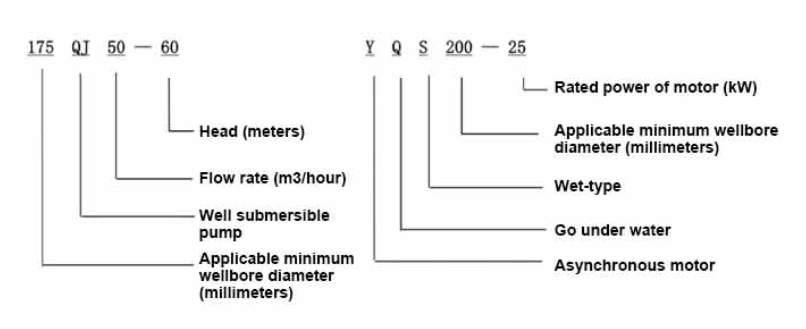डिसेंबर . 23, 2024 05:34 Back to list
Do Submersible Pumps Require Priming Before Use in Water Applications
Do You Have to Prime a Submersible Pump?
When it comes to managing water and other liquids efficiently, submersible pumps are a popular choice for both residential and industrial settings. These robust devices are designed to operate underwater, pumping fluids to the surface while keeping motor components safely submerged. However, a common question among users is whether submersible pumps need to be primed before their first use or when being restarted.
Understanding Priming
Priming refers to the process of filling the pump and its suction line with the liquid that the pump is intended to move. This is a necessary step for many types of pumps, especially those that are positioned above the liquid source. The importance of priming is derived from the principle that pumps rely on the incompressibility of liquids to create a hydraulic seal that generates the suction necessary for effective operation.
Submersible Pumps and Priming
Submersible pumps are designed differently compared to their surface counterparts. Since they are installed below the water level, they are typically self-priming, meaning they do not require the initial filling of the pump or the suction line to function correctly. When a submersible pump is placed in a body of water, it utilizes the surrounding fluid to create the necessary pressure, effectively eliminating the need for a separate priming step.
Additionally, one of the main advantages of submersible pumps is their ability to handle liquids that contain solids and debris. Many types of submersible pumps have built-in features, such as non-clogging impellers, which allow them to continue to perform efficiently without the risk of becoming obstructed. This inherent design makes them ideal for draining flooded areas, moving wastewater, or even handling clean water in residential applications.
Situations That Require Attention
do you have to prime a submersible pump

While most submersible pumps do not need to be primed, there are situations where you might encounter issues that could mimic the need for priming. For instance, if a submersible pump has been used in a dry environment or has experienced prolonged operation without sufficient fluid, there might be a risk of air locks developing within the system or sediment build-up around the pump. In such cases, a pump may struggle to establish fluid flow, which could be mistaken for the necessity of priming.
If your submersible pump is not functioning as expected, it’s essential to check several factors
1. Positioning Ensure that the pump is fully submerged in fluid and that the intake is not blocked by debris.
2. Electrical Connections Make sure that the power supply to the pump is stable and functioning correctly.
3. Pump Condition Inspect the pump for signs of wear and tear or mechanical failure that could impede its performance.
4. Air Locks In some rare cases, air can become trapped in the system. Gently tapping or vibrating the pump may help release this air, allowing normal operation to resume.
Conclusion
In summary, submersible pumps are designed to operate efficiently without the need for priming, as their submerged position allows them to use the fluid around them to create the necessary pressure for pumping. However, it is crucial to ensure correct installation and maintenance to avoid potential operational issues. By understanding the unique characteristics of submersible pumps, users can ensure their systems run smoothly and effectively for all liquid transfer needs.
-
submersible-sump-pump-auto-drainage-for-crawlspaces
NewsAug.22,2025
-
solar-powered-stainless-steel-submersible-well-pump-setup
NewsAug.22,2025
-
stainless-steel-well-pump-flow-rate-optimization
NewsAug.22,2025
-
water-filled-submersible-pump-fish-farm-oxygenation
NewsAug.22,2025
-
submersible-pump-in-aquaculture-and-fish-farming
NewsAug.22,2025
-
deep-well-submersible-pump-for-drought-areas
NewsAug.22,2025
-
 submersible-sump-pump-auto-drainage-for-crawlspacesCrawlspaces, those narrow areas beneath homes, are prone to water accumulation due to leaks, groundwDetail
submersible-sump-pump-auto-drainage-for-crawlspacesCrawlspaces, those narrow areas beneath homes, are prone to water accumulation due to leaks, groundwDetail -
 solar-powered-stainless-steel-submersible-well-pump-setupHarnessing solar energy to power stainless steel submersible well pumps is a sustainable and coDetail
solar-powered-stainless-steel-submersible-well-pump-setupHarnessing solar energy to power stainless steel submersible well pumps is a sustainable and coDetail -
 stainless-steel-well-pump-flow-rate-optimizationIn various applications like agriculture, domestic water supply, and industrial use, the flow rate oDetail
stainless-steel-well-pump-flow-rate-optimizationIn various applications like agriculture, domestic water supply, and industrial use, the flow rate oDetail
